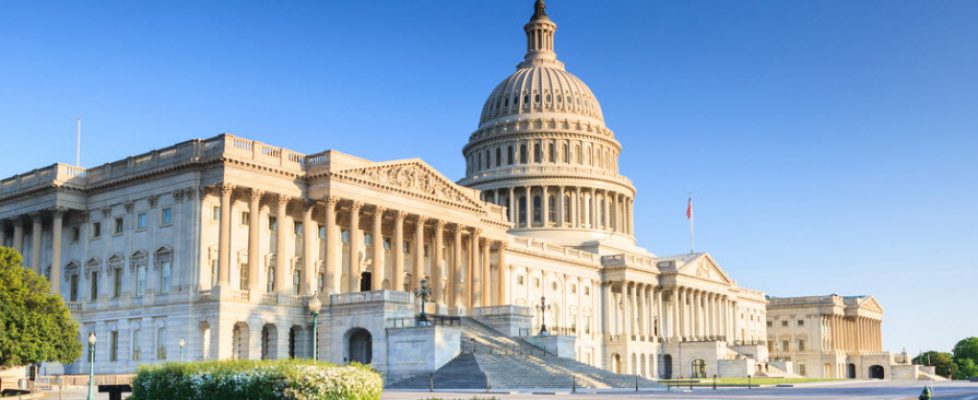Tele-Tuesday: Congress’s Coronavirus Bill Includes Major Telehealth Changes
As part of emergency funding to combat the threat of the 2019 Novel Coronavirus (COVID-19), last week Congress waived many of the telehealth restrictions for Medicare services in certain situations. This monumental change could—depending on how it is implemented—radically alter how telehealth is performed in connection with the government’s most ubiquitous healthcare program. In a win for telehealth advocates, Congress waived the originating site and geographic limitations for coverage of Medicare telehealth services, which heretofore have prevented most commercial forms of telehealth from reaching Medicare beneficiaries. Specifically, Congress allowed the secretary of HHS to waive the originating site and geographic restrictions in Social Security Act § 1834(m) in “emergency areas.” However, only practitioners (or their group practice partners) who have seen a particular patient and billed Medicare for such service within a three-year period are eligible to take advantage of this waiver. In other words, only a practitioner’s established patients who have received Medicare services in the past (and who are in a designated emergency area) are eligible for this program.
With this new law, which is set to go into effect when the secretary of HHS issues “program instructions,” healthcare systems that offer telehealth services as well as commercial telehealth providers have a tremendous opportunity to showcase the efficacy and reliability of telehealth services in a vulnerable patient population. Although this is welcome news for telehealth providers, note that these restrictions are only temporarily lifted (as of now). Further, companies offering telehealth solutions will need to coordinate with existing medical practices given the “established patient” limitation.
Of course, this new opportunity does not come without some risk. Of note, telehealth services by themselves are unable to effectively diagnose COVID-19 as the symptoms of the disease often mirror those of the flu. Because of state licensing and standard of care considerations, it is important that medical professionals utilizing telehealth services do not jump to conclusions regarding COVID-19 when only seeing a patient virtually. Remember that telehealth is only a screening tool for COVID-19, not an end-to-end solution. While telehealth has its limitations in that regard, there are other ways that telehealth can be an effective means to prevent the spread of COVID-19. For many types of services that telehealth is well equipped to cover (i.e., the common cold, pink eye, and other primary care ailments), remote access to a medical professional can prevent a person from otherwise going into a doctor’s office or medical facility and risk contracting the disease. With Congress’s temporary waiver of telehealth restrictions, more elderly patients should be advised to receive services remotely (when medically indicated) to avoid potential exposure to COVID-19.
The other important consideration for telehealth providers is the age-old problem in Medicare – complex, technical billing requirements that are often hard to understand and implement. When the secretary of HHS releases instructions on Medicare telehealth coverage, it will be critically important to carefully review those instructions prior to designing a telehealth offering. Moreover, to the extent a healthcare practitioner contracts with a telehealth platform company, it is critical that the parties carefully asses their contractual relationships to ensure that methods of compensation and other aspects of their relationship do not inadvertently trigger the Anti-Kickback Statute, the Stark Law, or other federal healthcare laws.
Congress’s emergency COVID-19 bill presents an incredible opportunity for the healthcare industry to showcase the ability of telehealth as a standard in medical care. However, health systems, practitioners, and telehealth companies need to work doubly hard to ensure compliance with standards of care and legal obligations that come with this expanded funding source.
Check out our Responding to the 2019 Novel Coronavirus page for all of the latest developments.

